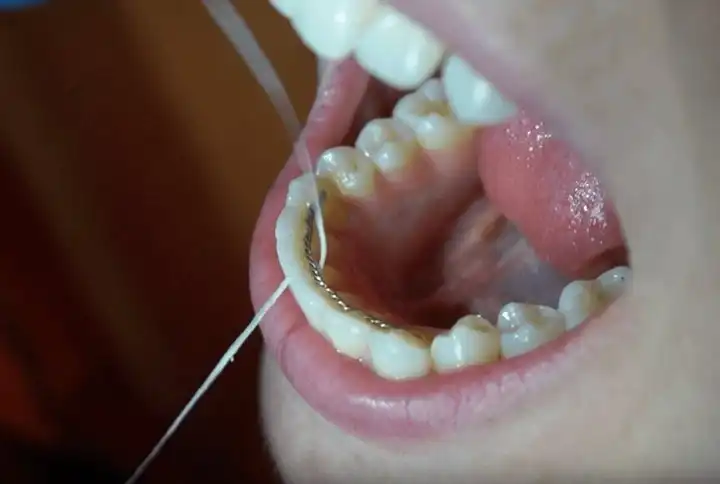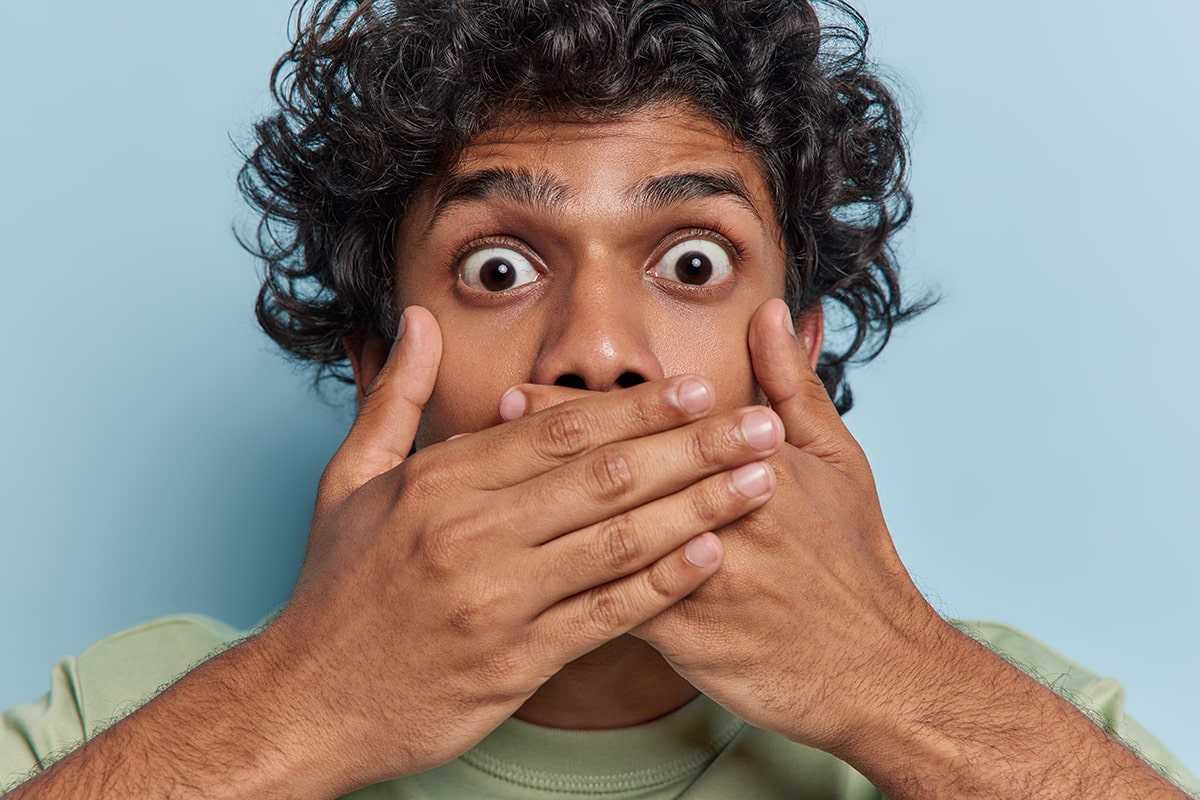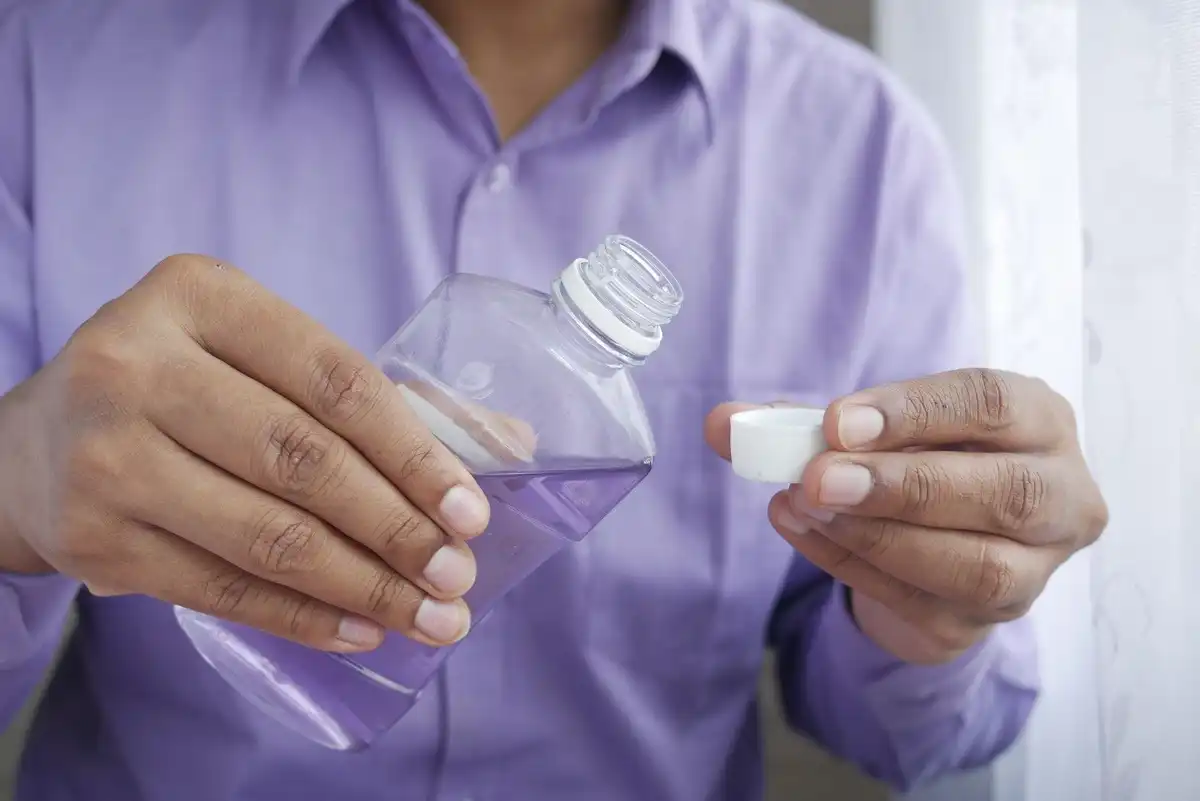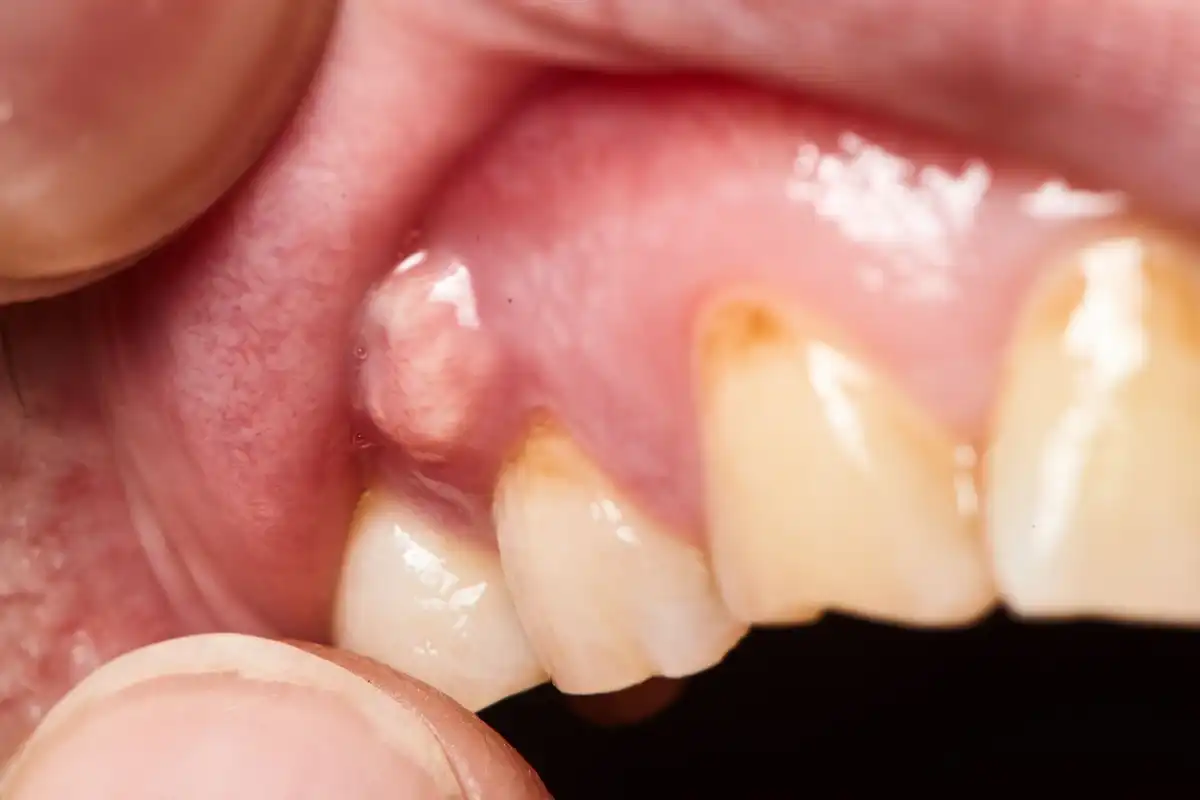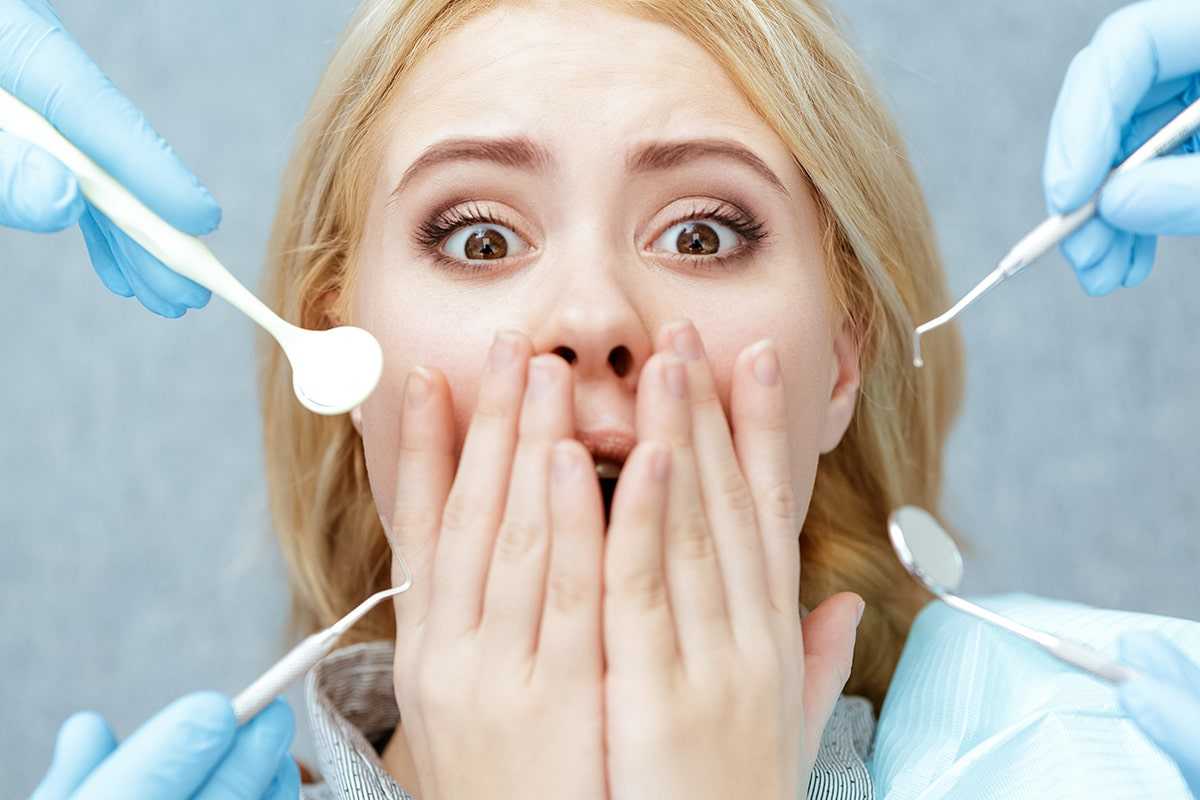What Causes TMJ (temporomandibular joint) & Common Symptoms


TMJ disorders and jaw joint pain can flare up at almost any time. If you’re someone who has chronic TMJ pain or have limited range of motion (how wide you can open and close your mouth) from it, practically everything from your diet to your social life is affected.
What Is TMJ
Now, not everybody has TMJ disorder. The technical abbreviation for this condition is “TMJD” (temporomandibular joint disorder) or “TMD” (temporomandibular disorder). They’re both one and the same. With TMJD/TMD, it means your TMJ isn’t functioning properly. Usually the biggest sign that there’s something wrong is TMJ pain or symptoms like joint stiffness and headaches.
What Causes TMD (Temporomandibular Disorder)
1) Bite Misalignment
Who knew that crooked teeth could lead to TMJ pain? When your bite doesn’t line up properly, it means that your TMJ has to work in an atypical manner to chew food properly. All of those irregular movements can gradually lead to joint problems.
2) Bruxism
Chronic teeth clenching and grinding can lead to excess pressure and use of your TMJ on either side of your mouth. Ultimately all of that tension can strain the ligaments and muscles that allow your TMJ to move.
3) Arthritis
Deterioration of your body’s bone cartilage doesn’t just affect joints like the ones in your hands and knees, it can also cause TMJ pain.
4) Physical Trauma Or Injury
Something like an automobile accident or athletic injury can be hazardous enough that it permanently damages the internal ligaments and discs of your TMJ.
TMJ Symptoms
How can you tell if you have TMJ disorder? Some of the first TMJ symptoms to look for will usually involve signs of:
Headaches And Ear Pain
Since your TMJ is located immediately next to your ears, and the muscles that attach to it spread elsewhere in your face, head, and neck, it’s common to feel TMJ pain in other areas of your body than the joint itself.
Popping And Clicking
Are there audible noises coming from your TMJ when you open and close? “Crepitation” is something that your dentist will look for, which is a grinding noise coming from your TMJ. Occasional popping may not mean anything, but if you notice a pop or click every time your mouth moves, be sure to let your dentist know.
Joint Stiffness
Some soreness and joint stiffness might flare up now and then or become an everyday part of life. Pay attention to whether your symptoms are more noticeable at certain times of the day, such as right after you wake up or after a commute home from work.
Limited Range Of Movement
When we get stiff joints, they just don’t move as well. It’s the same for TMJ symptoms. If you have TMD, your mouth might only be able to open half of what it did years ago. Doing something like biting into an apple could be physically impossible.
Joint Locking
In super rare situations, TMJ symptoms can include your mouth locking shut or open, where you can’t move it at all. Obviously, this can be really scary and requires immediate attention from someone like your dentist, an oral surgeon, physical therapist, chiropractor, or a medical doctor.
Atypical Anatomy
This internal TMJ symptom is one that your dentist will need to check by taking a panoramic X-ray of your mouth. If the joint is starting to deteriorate or there’s structural damage because of disease/overuse, it can show up on your image.
TMJ Treatment
If you’ve officially been diagnosed with TMD, the best thing you’ll probably hear is that treatment hardly ever involves surgery. TMJ surgery is usually reserved for the most severe cases, specifically those that are linked with anatomical issues.
Instead, your dentist will likely recommend one or a combination of the following TMJ treatments:
Orthodontic Therapy
If your TMJ pain is because your teeth and jaws aren’t lining up properly, it could be time to invest in orthodontic treatment (braces). Adults make great orthodontic candidates because they tend to go “all in” when it comes to following their home care instructions.
Botox or Muscle Relaxers
Years ago, prescribing muscle relaxers was common for handling TMD cases. But with prescription medications like these, you have to make lifestyle changes such as having someone else drive you to work. Obviously, there needed to be a better option. Today, a lot of dentists utilize injectables like Botox because it works as a natural muscle relaxer and the effects can last several months after each application.
Splints
A bite splint or mouth guard can train your TMJ to rest so that the joint isn’t getting overused.
When To See A Doctor
Your dentist can screen for atypical joint issues to see if TMJ treatment is necessary. In most cases, they can help you without referring you elsewhere. But occasionally, dentists might send you to a specialist such as an oral surgeon, orthodontist, or to see a physical therapist.
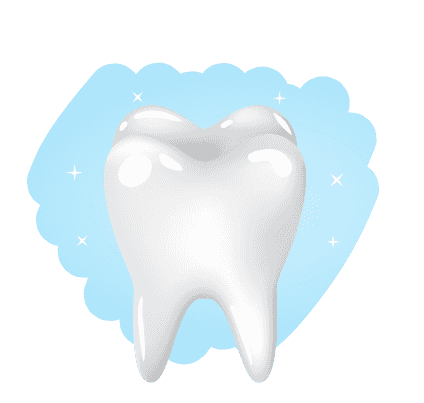
Make your inbox smile!
Subscribe


